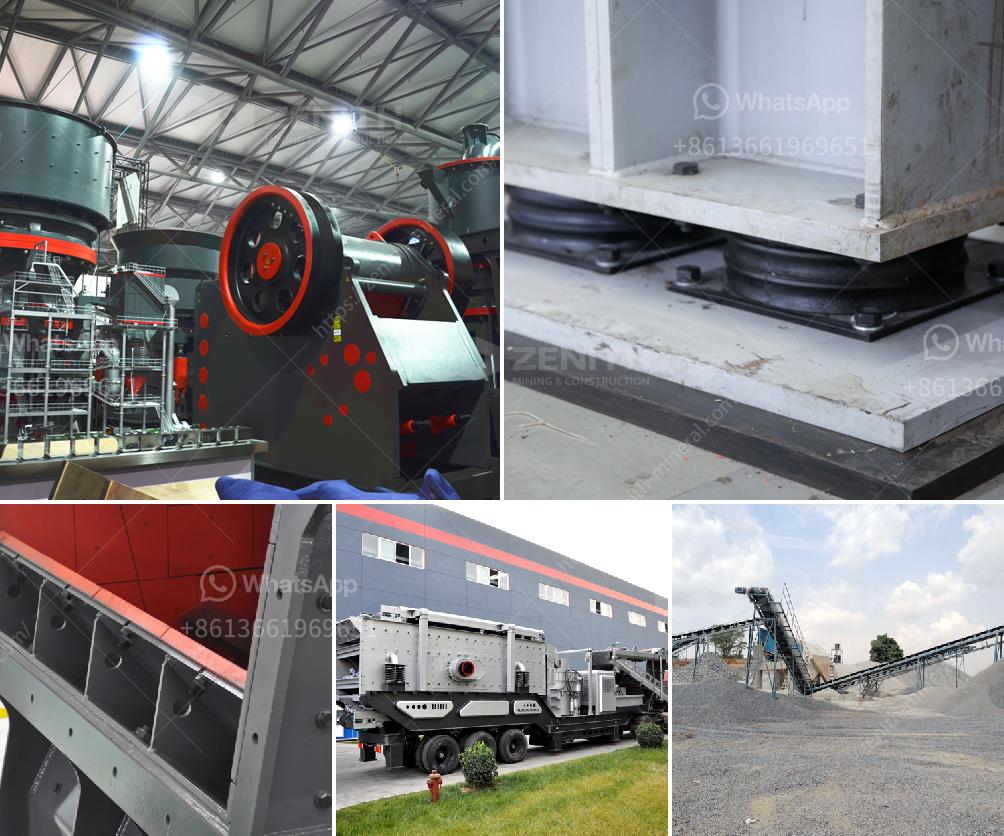Extracting aluminum from bauxite ore involves a complex process known as the Bayer Process, followed by the Hall-Héroult Process. Here’s a detailed explanation of each step involved:
Bayer Process
-
Crushing and Grinding:
- The bauxite ore is crushed and ground into a fine powder to increase the surface area for the extraction process.
-
Digestion:
- The ground bauxite is mixed with a hot, concentrated solution of sodium hydroxide (NaOH). This mixture is heated under pressure in a digester. The sodium hydroxide reacts with the aluminum oxide in the bauxite to form soluble sodium aluminate, leaving behind impurities as a solid residue.
-
Clarification:
- The mixture is allowed to settle, and the solid impurities (red mud) are separated from the sodium aluminate solution. The clear solution is then decanted or filtered to remove the red mud.
-
Precipitation:
- The clear sodium aluminate solution is cooled and seeded with aluminum hydroxide crystals. This causes the aluminum hydroxide to precipitate out of the solution.
-
Calcination:
- The aluminum hydroxide precipitate is filtered, washed, and then heated in rotary kilns or fluidized bed calciners at temperatures of 1000-1100°C. This process removes the water, leaving behind pure aluminum oxide (alumina).
Hall-Héroult Process
-
Electrolysis:
- The alumina obtained from the Bayer Process is dissolved in molten cryolite (Na3AlF6) in an electrolytic cell. The cell consists of a carbon-lined steel container that acts as the cathode, and carbon anodes are inserted into the electrolyte.
-
Reduction:
- When an electric current is passed through the cell, aluminum ions in the alumina are reduced to form aluminum metal at the cathode, while oxygen ions are oxidized to form oxygen gas at the anode. The overall reaction is:
\[
2Al_2O_3 + 3C \rightarrow 4Al + 3CO_2
\]
-
Collection:
- The molten aluminum metal collects at the bottom of the electrolytic cell and is periodically siphoned off. The oxygen gas produced at the anode reacts with the carbon anodes to form carbon dioxide, which is released as a byproduct.
Summary
The extraction of aluminum from bauxite ore involves two major processes: the Bayer Process, which refines bauxite to produce alumina, and the Hall-Héroult Process, which reduces alumina to produce aluminum metal. These processes require significant energy and involve various chemical reactions to separate aluminum from its ore and purify it for industrial use.

